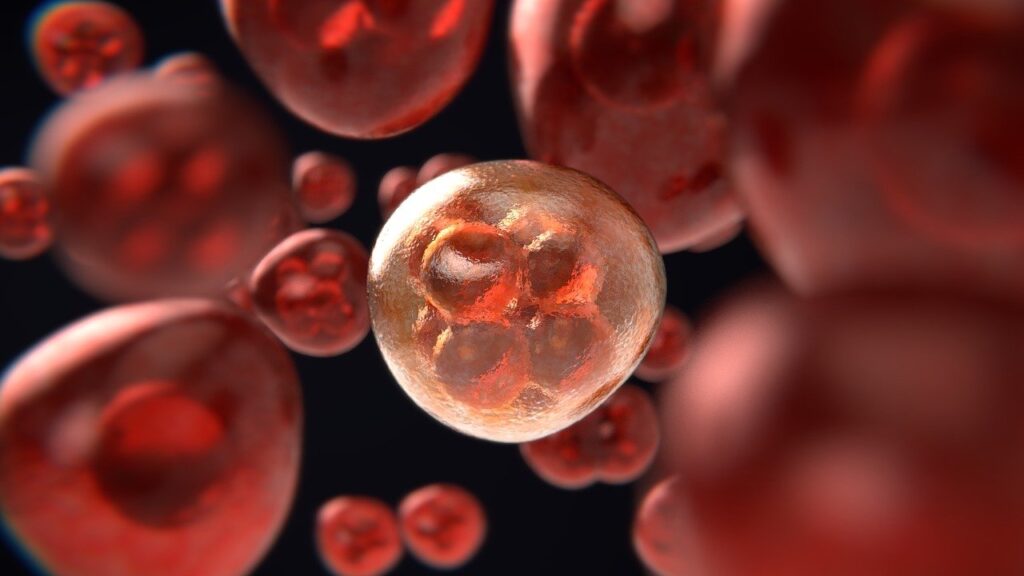Silica-encased fluorescent nanoparticles, otherwise known as “Cornell Dots”, have just entered their first therapeutic trial, following three successful diagnostic human clinical trials during which they proved their safety and effectiveness.
These special nanoparticles were developed as biological markets by researchers at Cornell University, hence the name, but soon, scientists realized they had the potential to be used as anti-tumor tools.
More specifically, these “dots” can carry nano-sized antibody fragments right at the tumors with the help of an external laser. They are injected into the patient’s bloodstream and then diffuse around the tumor’s micro-environment, targeting them specifically and stopping metastasis.
This microenvironment is challenging for drug molecules because it forces them to change behavior and become unpredictable due to the chemical and physical barriers raised by the tumors. However, since C’Dots don’t carry any drug molecules, they are entirely unaffected by this complexity.
However, the scientists at Cornell University explain that C’Dots may carry synthetic drugs if needed, at a capacity of 80 molecules per unit.
After the C’Dots have fulfilled their role, they gradually find their way out of the body, so there are no accumulation problems at off-target sites like the liver, for example. As for side effects, they are negligible compared to older therapeutic methods like chemotherapy.
Minuscule and highly-targeted antibody delivery systems are key in fighting cancer, and many scientific teams are working on similar concepts. One example is a team of researchers at Monash University in Australia, who have developed metal-organic framework crystals suitable for carrying optimized doses of synthetic drugs.
Similar to the C’Dots, the MOF crystals won’t accumulate in the patient’s body as they are made out of a water-soluble mixture of zinc and carbonate ions, so they last only for a short time before they resolve.
While these crystals are still being tested in “in vitro” studies, it is clear that the direction of future therapeutic methods is towards nano-sized delivery systems.






